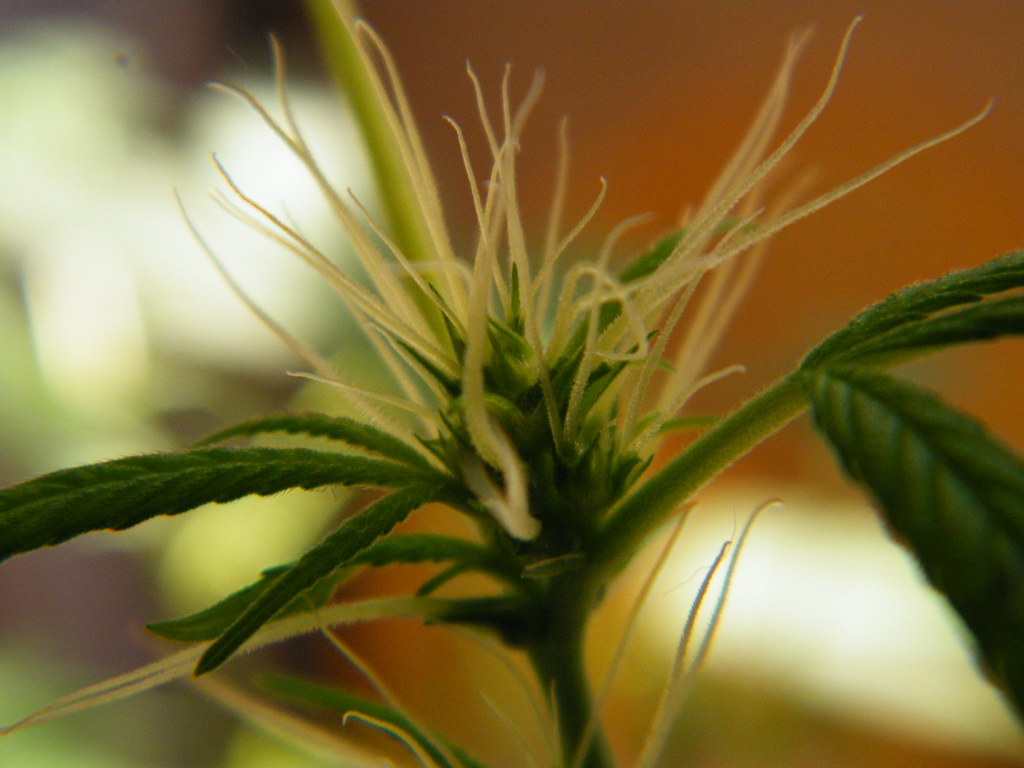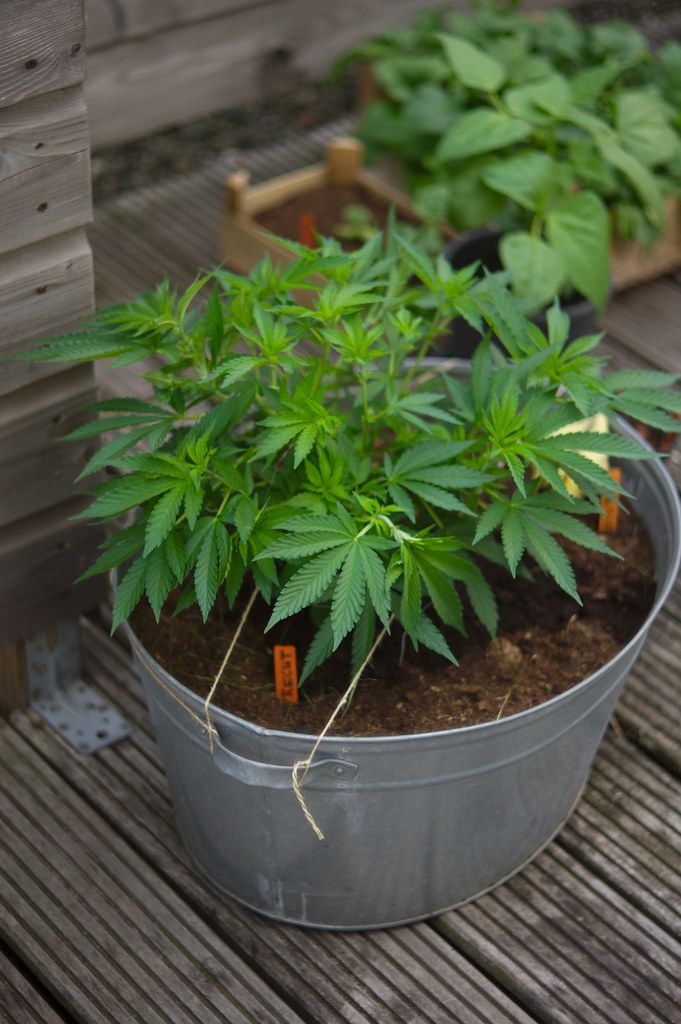
Cannabis, a plant that has traversed millennia and cultures, often evokes a wide array of images and associations. From ancient rituals to modern medicine, and from industrial fibers to recreational enjoyment, its story is as complex as its botanical structure. Despite its widespread recognition, many aspects of Cannabis – its biological intricacies, historical journey, and the science behind its diverse effects – remain subjects of ongoing study and public fascination. This article embarks on an in-depth journey to unravel the multifaceted world of Cannabis.
Our exploration begins at the very root of its existence: the plant itself. We will delve into its botanical classification, trace the origins of its name, and scrutinize its unique physical characteristics. Understanding these foundational elements is crucial to appreciating the plant’s significant role in human history and its potential for future applications. Join us as we uncover the scientific and historical tapestry woven around this extraordinary genus, relying exclusively on established information to provide a clear and accessible overview.
This first section will meticulously dissect seven core aspects of Cannabis, starting from its very identity as a genus of flowering plants. We will move through its etymology, its detailed physical description, the fascinating mechanics of its reproduction, and the groundbreaking discoveries in its chemical and genetic composition. Finally, we will trace the early efforts to classify this adaptable plant, setting the stage for a deeper dive into its later uses and societal impact.
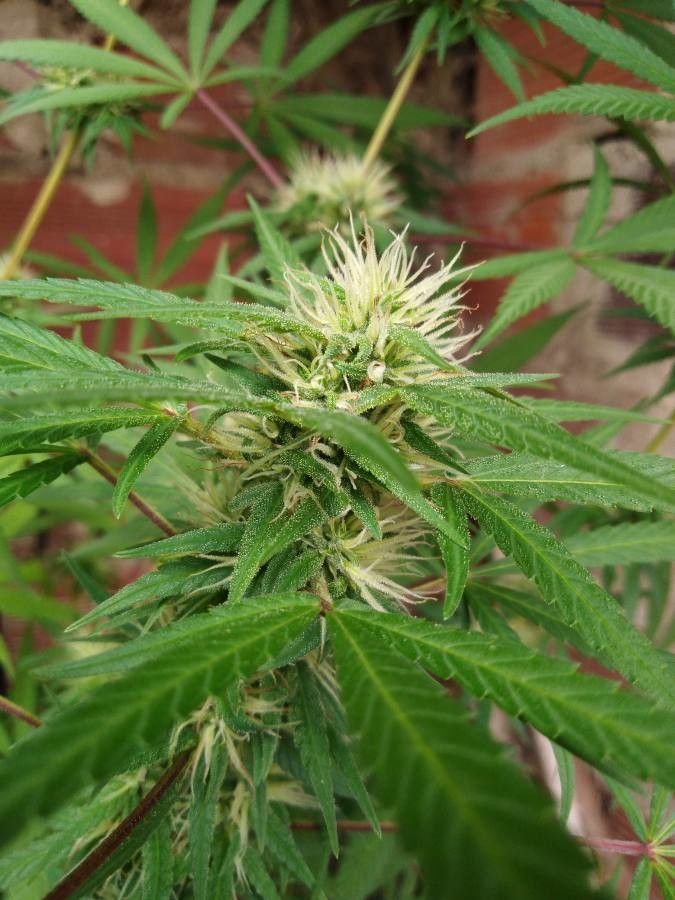
1. **Genus and Species Diversity: Understanding the Cannabis Family**Cannabis is formally recognized as a genus of flowering plants belonging to the family Cannabaceae. It is widely accepted by scientific communities as being indigenous to and originating from the continent of Asia. This geographical origin highlights its long history in various Eurasian cultures, even before extensive global spread.
However, the exact number of species within the Cannabis genus remains a subject of considerable scientific debate. Historically, as many as three distinct species have been recognized: *Cannabis sativa*, *C. indica*, and *C. ruderalis*. This tripartite classification has been influential in both scientific discourse and popular understanding, guiding discussions about different plant characteristics and effects.
Alternatively, some taxonomic viewpoints suggest that *C. ruderalis* may simply be a variety included within *C. sativa*, simplifying the classification. Another perspective posits that all three commonly recognized forms—*C. sativa*, *C. indica*, and *C. ruderalis*—could be treated as subspecies of a single overarching species, *C. sativa*. This highlights the fluidity and complexity inherent in botanical classification, especially for highly variable plants.
Further still, a simpler approach suggests that *C. sativa* may be accepted as a single, undivided species, encompassing all its diverse forms and characteristics under one umbrella. This ongoing discussion underscores the challenges in classifying plants that exhibit significant phenotypic plasticity and have been extensively cultivated and hybridized by humans over millennia. The lack of a universally accepted definition of a species further contributes to this taxonomic fluidity.
2. **Etymology and Historical Roots: Tracing the Name and Ancient Observations**The term ‘Cannabis’ itself carries a rich linguistic history, believed to be rooted in the Scythian language. The ancient Greeks, renowned for their intellectual curiosity, reportedly learned about the use of Cannabis by observing Scythian funerals, where the plant was consumed as part of their funerary rites. This suggests an early recognition of its properties by different cultures.
Beyond its Scythian origins, the plant was known by other names in antiquity. In Akkadian, for instance, Cannabis was referred to as ‘qunubu’. This linguistic diversity across ancient civilizations underscores the plant’s widespread presence and integration into various cultural contexts long before modern botanical studies.
Some scholars have also claimed that the word was adopted into the Hebrew language as ‘qaneh bosem’. However, it is important to note that this view has little real backing, and other plants have also been proposed as being the named ‘qaneh bosem’. Such debates highlight the difficulties in tracing ancient botanical nomenclature with absolute certainty, given the passage of time and shifts in language.
The earliest historical records and observations, such as those by Herodotus regarding the Scythians’ use of cannabis steam baths, confirm its ancient significance. His *Histories* (c. 440 BCE) vividly describe the Scythians’ delight in inhaling the vapor produced by throwing hemp-seed—presumably flowers—upon red-hot stones, shouting for joy as no Greek vapor-bath could exceed it. These accounts provide invaluable insights into its early ceremonial and recreational use, illustrating its profound cultural role from the earliest documented periods.

3. **Botanical Description: A Closer Look at the Cannabis Plant’s Structure**Cannabis is characterized as an annual, dioecious, flowering herb, meaning it completes its life cycle within one growing season and typically has male and female reproductive organs on separate plants. Its leaves are a distinctive feature, described as palmately compound or digitate, with serrate leaflets that have jagged edges. This characteristic leaf shape is often one of the most recognizable features of the plant.
The number of leaflets per leaf can vary significantly, depending on both the specific variety of Cannabis and its growing conditions. The first pair of leaves usually presents a single leaflet, gradually increasing in number up to a maximum of about thirteen leaflets per leaf, though typically seven or nine are observed. As the plant matures and reaches its flowering stage, this number typically diminishes again, often down to a single leaflet per leaf at the very top.
Furthermore, the arrangement of leaves on the main stem changes with the plant’s maturity. Lower leaf pairs usually exhibit an opposite arrangement, where two leaves emerge from the stem at the same node, directly across from each other. In contrast, the upper leaf pairs on a mature plant often adopt an alternate arrangement, with leaves emerging at different nodes along the stem.
A peculiar and highly diagnostic venation pattern further aids in the identification of Cannabis leaves, distinguishing them from superficially similar unrelated species. In these serrated leaves, each serration typically has a central vein extending to its tip. Uniquely in Cannabis, this vein originates lower down the central vein of the leaflet, usually opposite the position of the second notch down. This distinct anatomical feature is a key identifier, making it possible to precisely identify even tiny samples of Cannabis through microscopic examination of leaf cells and similar features, though this requires specialized equipment and expertise.

4. **Reproduction and the Complexities of Sex Determination**All known strains of Cannabis are wind-pollinated, relying on air currents to transfer pollen from male to female flowers, a common reproductive strategy in many plant species. The fruit produced by Cannabis is an achene, which is a type of simple, dry fruit containing a single seed that does not open to release the seed. This explains why cannabis seeds are often marketed and consumed as whole seeds.
Most Cannabis strains are considered short-day plants, meaning they initiate flowering when the periods of darkness exceed a critical length. However, there is a notable exception: *C. sativa subsp. sativa var. spontanea*, also known as *C. ruderalis*, which is commonly described as ‘auto-flowering’ and may be day-neutral. This means it flowers independently of day length, a characteristic that has significant implications for cultivation.
Cannabis is predominantly dioecious, a term that describes plants having imperfect flowers, with staminate (‘male’) and pistillate (‘female’) flowers occurring on separate individual plants. The Chinese recognized the dioecious nature of Cannabis at a very early period, with the c. 3rd century BCE Erya dictionary defining ‘xi’ as ‘male Cannabis’ and ‘fu’ (or ‘ju’) as ‘female Cannabis’, demonstrating ancient botanical observation. Male flowers are typically borne on loose panicles, while female flowers are found on racemes.
Despite its predominantly dioecious nature, many monoecious varieties have also been described, where individual plants bear both male and female flowers. It’s important to distinguish monoecious plants from true hermaphrodites: monoecious plants bear male and female flowers at different locations on the same plant, whereas true hermaphrodites, which are less common in Cannabis, bear both staminate and pistillate structures together on individual flowers. This ual lability, where monoecious and dioecious individuals coexist within the same population, is widespread and contributes to the plant’s genetic diversity.
Read more about: From Etymology to Emergency: The Unfolding Narrative of ‘Boy’ in a Complex World

5. **The Chemistry of Cannabis: Cannabinoids, Terpenes, and Their Effects**Cannabis plants are prolific producers of a vast array of chemicals, many of which serve as crucial defense mechanisms against herbivory. Among these numerous compounds, one group stands out for its significant impact on human physiology: the cannabinoids. These unique compounds are responsible for inducing a wide range of mental and physical effects when consumed, shaping the plant’s reputation and utility.
Cannabinoids, along with other important compounds such as terpenes and terpenoids, are secreted by specialized structures known as glandular trichomes. These tiny, hair-like outgrowths are found most abundantly on the floral calyxes and bracts of female Cannabis plants, particularly during their flowering stage. The concentration and profile of these secretions largely determine the potency and specific characteristics of different Cannabis strains.
The two cannabinoids typically produced in the greatest abundance are cannabidiol (CBD) and/or Δ9-tetrahydrocannabinol (THC). Of these, only THC is widely recognized for its psychoactive properties, meaning it is the primary compound responsible for the ‘high’ associated with marijuana consumption. CBD, on the other hand, is known for its non-intoxicating effects, although it may sometimes exhibit a small stimulant effect similar to caffeine, and is thought to potentially mitigate the anxiety-inducing effects of high doses of THC, especially when administered prior to THC exposure.
Beyond THC and CBD, there has been increasing interest in other cannabinoids like cannabigerol (CBG) and cannabinol (CBN), which also contribute to the plant’s complex chemical profile and potential therapeutic applications. In total, 483 identifiable chemical constituents are known to exist in the Cannabis plant, with at least 85 different cannabinoids isolated from it. This chemical richness makes Cannabis a fascinating subject for ongoing research, as scientists work to understand the synergistic effects of these compounds, often referred to as the ‘entourage effect.’

6. **Unraveling Cannabis Genetics: A Look at Its Chromosomes and Genome**Like many organisms, Cannabis is a diploid plant, meaning its cells contain two complete sets of chromosomes, one from each parent. It has a chromosome complement of 2n=20, indicating it typically possesses 20 chromosomes in its somatic cells. While this is the natural state, polyploid individuals – those with more than two sets of chromosomes – have been artificially produced in laboratory settings, showcasing the potential for genetic manipulation.
A significant milestone in understanding Cannabis genetics occurred in 2011 when a team of Canadian scientists successfully published the first genome sequence of Cannabis. This monumental achievement provided an invaluable blueprint for the plant’s genetic makeup. The estimated size of the Cannabis genome is approximately 820 megabases (Mb), a considerable amount of genetic information that dictates all aspects of the plant’s growth, development, and chemical production.
This genomic sequencing has opened new avenues for research, allowing scientists to pinpoint genes responsible for specific traits, such as cannabinoid production levels, resistance to pests, or environmental adaptations. Understanding the genetic underpinnings helps breeders develop new strains with desired characteristics and provides forensic scientists with tools for identification. The availability of its genome sequence also enhances our understanding of its evolutionary relationships and helps resolve long-standing taxonomic debates.
Further research into the cytogenetics of Cannabis, including the question of heteromorphic chromosomes, continues to evolve. While early karyotype preparations reported heteromorphic sex chromosomes in male “Kentucky” hemp, later researchers noted a lack of modern karyotypes for Cannabis as of 1996. Proponents of the XY system suggest the Y chromosome is slightly larger than the X but difficult to differentiate cytologically, illustrating the intricate challenges in fully mapping its genetic landscape.
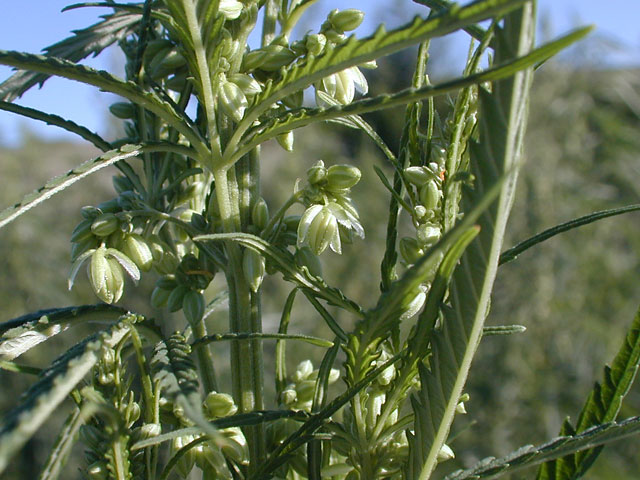
7. **The Evolving Taxonomy of Cannabis: A Historical Perspective on Classification**The genus Cannabis has experienced a complex journey through botanical classification, reflecting evolving scientific understanding and the plant’s diverse forms. It was initially classified by Carl Linnaeus in 1753, who is credited with devising the modern system of taxonomic nomenclature. Linnaeus considered Cannabis to be monotypic, meaning it contained only a single species, which he named *Cannabis sativa L.*, largely based on his familiarity with the European hemp varieties widely cultivated during his time.
This monotypic classification by Linnaeus was supported by other prominent botanists of the era, including Christiaan Hendrik Persoon in 1807, Lindley in 1838, and De Candolle in 1867. These early attempts often resulted in a four-group division within *Cannabis sativa*, distinguishing between ‘Kif’ (southern psychoactive hemp), ‘Vulgaris’ (intermediate psychoactive and fiber types), ‘Pedemontana’ (northern fiber hemp), and ‘Chinensis’ (northern fiber hemp). These distinctions, though rudimentary, highlighted the early recognition of different usage types.
A significant shift occurred in 1785 when the evolutionary biologist Jean-Baptiste de Lamarck published a description of a second species, which he named *Cannabis indica Lam.* Lamarck’s classification was based on morphological characteristics like trichomes and leaf shape, and the geographic localization of plant specimens collected in India. He noted that *C. indica* had poorer fiber quality but greater utility as an inebriant, also describing it as smaller with woodier stems, alternate ramifications, narrow leaflets, and a villous calyx in female flowers.
Throughout the 19th century, additional Cannabis species were proposed, such as *Cannabis chinensis Delile* and *Cannabis gigantea Delile ex Vilmorin* from China and Vietnam. However, many taxonomists found these putative species difficult to distinguish, leading to continued debate. In the early 20th century, the single-species concept remained widely accepted, except notably in the Soviet Union, where Cannabis continued to be a subject of active taxonomic study. The name *Cannabis indica* was nevertheless widely used in various Pharmacopoeias to designate Cannabis suitable for medicinal preparations, indicating its recognized unique properties.

8. **Modern Taxonomic Debates and Molecular Insights**The 20th century profoundly shaped Cannabis taxonomy, driven by both scientific inquiry and legal implications. Early Russian botanists, including D.E. Janichevsky (1924) and Nikolai Vavilov (1929), recognized and named diverse forms, leading to Vavilov’s 1931 proposal of a three-species system: *C. sativa*, *C. indica*, and *C. ruderalis*. This early work underscored the plant’s inherent diversity.
Further taxonomic complexity arose in 1940 with Serebriakova and Sizov’s poly-species classification, which differentiated *C. sativa* and *C. indica* as separate species. Within *C. sativa*, they delineated subspecies and multiple varieties, reflecting the persistent challenge in uniformly classifying a plant with such wide phenotypic expression.
The 1970s saw Cannabis taxonomy become central to legal disputes in North America. Laws often targeted *C. sativa* products, prompting legal arguments about precise botanical identification of seized materials. This fueled intense debate among botanists like Dr. Ernest Small and Dr. Richard E. Schultes, illustrating the significant real-world consequences of scientific definitions.
In 1976, Small and Cronquist published a key revision, positing a single species, *Cannabis sativa L.*, but distinguishing two subspecies: *C. sativa L. subsp. sativa* (for fiber/seed) and *C. sativa L. subsp. indica (Lam.) Small & Cronq.* (for drug production). Their framework, based on interfertility and chemotype, aimed to unify diversity, with each subspecies having domesticated and wild varieties.
However, other botanists, including Schultes, maintained support for three distinct species: *C. sativa*, *C. indica*, and *C. ruderalis*. Schultes described *C. sativa* as tall with narrow leaflets, *C. indica* as shorter and conical with wide leaflets, and *C. ruderalis* as short, wild, and branchless. This tripartite view strongly influenced popular Cannabis terminology.
The late 20th century introduced molecular analytical techniques, like RAPD, providing new taxonomic insights. Studies revealed “extremely high” genetic polymorphism within Cannabis, suggesting significant potential for selective breeding. These analyses also indicated a continuous gene pool, generally supporting a single species concept, though with noted nuances.
More recent investigations, using genetic, morphological, and chemotaxonomic data, have offered varied conclusions. Some cannabinoid patterns supported *C. sativa* and *C. indica* as separate species. A 2005 genetic analysis tentatively recognized *C. ruderalis*, and a 2020 SNP analysis identified five genetic clusters aligning with popular “hemp,” “Indica,” and “Sativa” types. This demonstrates the ongoing, intricate scientific effort to refine Cannabis taxonomy.
Read more about: Unraveling the Enigma: Prototaxites, the 26-Foot-Tall Fossil Challenging Our Tree of Life

9. **Popular Terminology vs. Scientific Classification: Bridging the Divide**The language used by Cannabis cultivators and users frequently diverges from strict scientific taxonomy. Informal terms like “Sativa,” “Indica,” and “Ruderalis” are practical labels, often used without scientific italics or precise botanical accuracy. These terms categorize strains based on perceived morphology, origin, aroma, and, crucially, subjective psychoactive effects.
Popular “Sativa” typically describes tall, laxly branched plants from warm lowlands, often linked to energetic effects. “Indica” refers to shorter, bushier plants from cooler, highland environments, usually associated with relaxing properties. “Ruderalis” informally denotes short, wild, autoflowering plants from Central Asia, generally low in psychoactive compounds. This popular shorthand aids strain selection but simplifies complex genetic realities.
Connecting these popular concepts to scientific frameworks, such as the Small 1976 model, is complex and often imprecise. Popular “Sativa” might approximate *C. sativa subsp. indica var. indica*, while “Indica” could correspond to *C. sativa subsp. i. kafiristanica*. The informal “Ruderalis,” being low-THC, might fit into *C. sativa subsp. sativa*. These loose correlations highlight the divergence between experiential and scientific classifications.
The arbitrariness of popular categories is evident in inconsistent strain descriptions. Breeders use labels like “pure indica” or “mostly sativa” based on lineage or visible traits, yet these are fluid. An “AK-47” hybrid, for instance, has won awards as both “Best Sativa” and “Best Indica,” underscoring the subjective nature of popular classifications.
A notable misclassification occurred when a University of British Columbia lab found “Jamaican Lamb’s Bread,” sold as 100% sativa, was almost entirely indica. This contradiction highlights widespread inaccuracies. However, recent legalization, like in Canada (October 2018), is driving efforts to improve classification accuracy and transparency.
Legalization, supported by government oversight (e.g., Health Canada), is expected to spur private-sector research and rigorous testing. This will lead to more precise strain identification and scientifically accurate product descriptions. Craft cannabis growers are also anticipated to foster quality, experimentation, and diversification, potentially closing the gap between popular understanding and scientific exactitude.
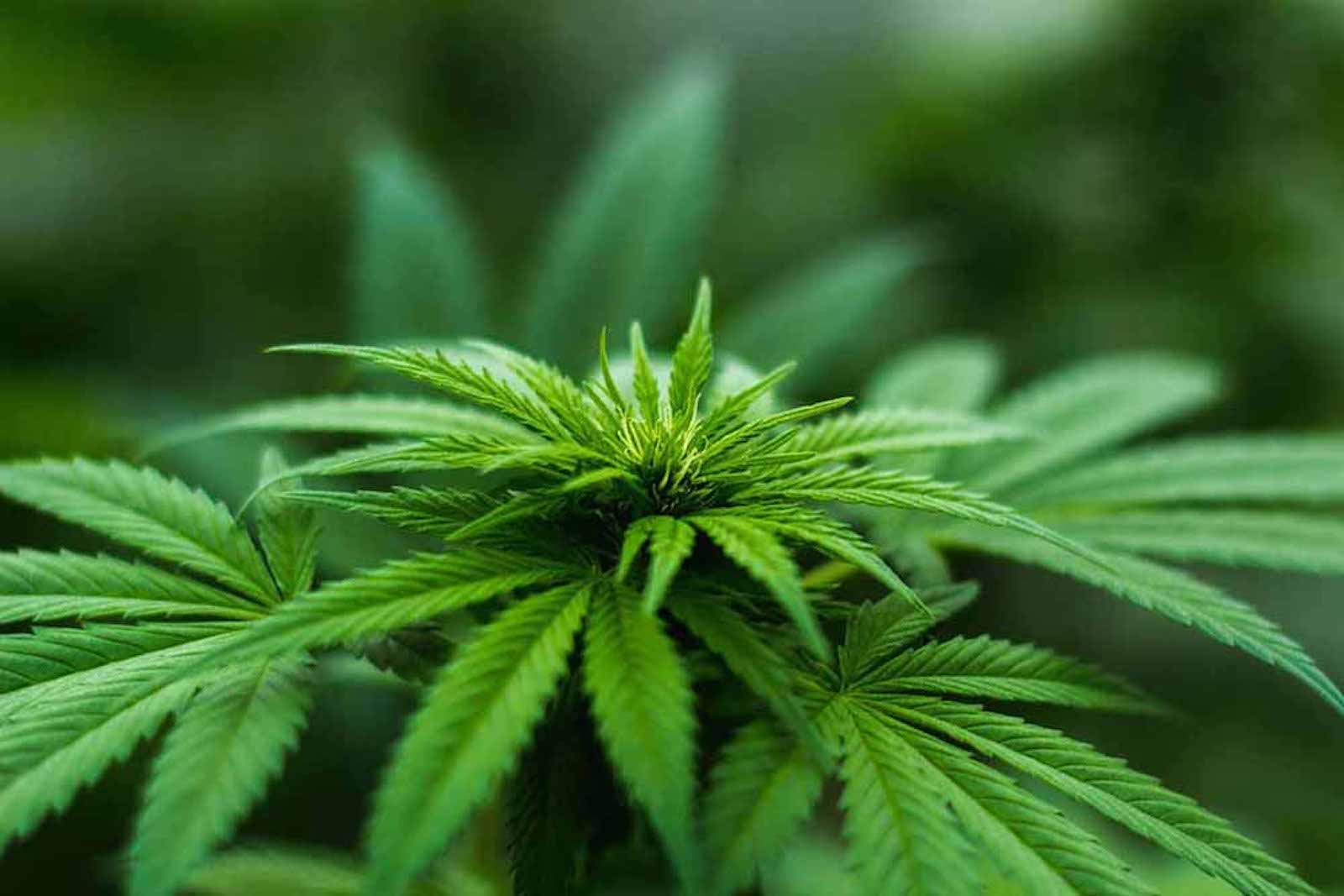
10. **The Evolutionary Journey: Tracing Cannabis Phylogeny**Cannabis shares a deep evolutionary lineage with its closest botanical relative, Humulus (hops). Molecular clock estimates place their divergence in the mid-Oligocene epoch, approximately 27.8 million years ago. This ancient split initiated their distinct evolutionary paths.
The northeastern Tibetan Plateau is considered the likely center of origin for Cannabis, where unique environmental pressures likely shaped the plant’s early adaptations. While Humulus and Cannabis pollen are notably similar, complicating fossil identification, the oldest recognized Cannabis pollen dates to the early Miocene, around 19.6 million years ago, found in Ningxia, China.
From its probable origins, Cannabis spread widely across Asia by the Late Pleistocene, demonstrating remarkable adaptability. Evidence of its presence in South Asia extends back roughly 32,000 years. This extensive prehistoric distribution highlights the plant’s long-standing ecological significance, preceding deliberate human cultivation.

11. **Ancient and Historical Uses: A Multipurpose Plant Through Time**Cannabis boasts a rich history, deeply intertwined with human civilization across millennia and cultures, serving as a multipurpose plant. Genetic and archaeological evidence indicates its initial domestication occurred approximately 12,000 years ago in East Asia during the early Neolithic period, making it one of the earliest domesticated plants.
Cannabis boasts a rich history, deeply intertwined with human civilization across millennia and cultures, serving as a multipurpose plant. Genetic and archaeological evidence indicates its initial domestication occurred approximately 12,000 years ago in East Asia during the early Neolithic period, making it one of the earliest domesticated plants.
Beyond early cultivation, Cannabis was also used as a mind-altering substance in prehistoric Eurasia and Africa. The Greek historian Herodotus provides one of the earliest written accounts (c. 440 BCE), describing Scythians taking cannabis steam baths, suggesting early ceremonial or recreational use.
In China, the psychoactive properties of cannabis were documented in the *Shennong Bencaojing* (3rd century AD). Daoists notably inhaled cannabis smoke from incense burners. The plant’s influence expanded globally, reaching the Middle East and North Africa via the Islamic empire. By 1545, Spaniards introduced it to Chile, primarily for its valuable fiber.
In North America, hemp was extensively cultivated for rope, cloth, and paper, becoming crucial to colonial economies. Scientifically, Cannabinol (CBN) was the first compound isolated from cannabis extract (late 1800s), with its structure achieved by 1940. This enabled early preclinical research. Globally, legal production remains substantial, with 60,400 kilograms produced in 2013.

12. **Recreational Use: A Global Phenomenon with Nuanced Effects**Cannabis is a globally popular recreational drug, surpassed only by alcohol, caffeine, and tobacco. In the U.S., over 100 million Americans are estimated to have tried it, with 25 million reporting recent use. It commonly comes as dried marijuana, hashish, or hashish oil extracts, offering varied experiences.
Psychoactive effects vary significantly with dosage, method, and tolerance. For smoked doses, normal cognition typically returns within three hours. Large oral doses can prolong effects considerably, with subtle sensations potentially lasting days, influenced by initial amount and frequency.
Cannabidiol (CBD), a non-intoxicating cannabinoid, may offer a mild stimulant effect. Crucially, CBD is thought to potentially reduce anxiety associated with high THC doses, the primary psychoactive compound. This mitigating effect is noted when CBD is administered orally before THC exposure.
A 2007 British Delphic analysis suggested cannabis has a lower dependence risk compared to nicotine and alcohol. Nonetheless, daily use can correlate with mild psychological withdrawal symptoms, like irritability or insomnia, generally not life-threatening. Susceptibility to panic attacks may increase as THC metabolite levels rise. Public health aims to reduce adverse outcomes through education and regulation.

13. **Medical Use: Therapeutic Potential and Clinical Considerations**Medical cannabis refers to the therapeutic use of cannabis and its constituent cannabinoids, an area of active research and clinical practice. It is commonly used to alleviate severe nausea and vomiting during chemotherapy. Additionally, it helps stimulate appetite in HIV/AIDS patients, countering wasting syndrome, and effectively treats chronic pain and muscle spasms, such as those from multiple sclerosis.
Preliminary research explores cannabinoids’ potential effects on stroke, indicating new directions in neurological studies. However, robust evidence is still lacking for its efficacy in treating conditions like depression, anxiety, ADHD, Tourette syndrome, PTSD, and psychosis. This highlights the ongoing need for rigorous scientific studies.
In the U.S., the FDA has approved two synthetic cannabis extracts, dronabinol and nabilone, as oral medications. These are specifically indicated for treating severe chemotherapy- and AIDS-related side effects, representing a regulated approach to utilizing specific cannabinoids under medical supervision.
Despite its therapeutic promise, medical cannabis use carries considerations. Short-term use has been linked to increased minor and major adverse effects, including dizziness, fatigue, vomiting, and occasional hallucinations. Long-term effects remain unclear and are a significant research area. Concerns involve potential memory and cognition problems, addiction risk, schizophrenia exacerbation in young people, and accidental ingestion by children.

14. **Industrial Use: The Enduring Versatility of Hemp**Beyond its medicinal and recreational applications, Cannabis boasts an ancient and profound history as an industrial crop, widely known as hemp. This term specifically refers to Cannabis varieties cultivated for non-drug purposes, valued for their durable, soft stem fibers. *Cannabis sativa* cultivars are particularly favored for industrial use due to their height, yielding abundant fibers.
Industrial hemp is defined by its low concentration of psychoactive compounds. Many countries regulate THC levels in hemp products; in the U.S., for instance, the limit is 0.3% THC by dry weight. The 2018 Farm Bill solidified this classification, extending it to hemp-sourced extracts and cannabinoids, legally distinguishing it from drug-type cannabis.
Hemp’s versatility is remarkable, contributing to tens of thousands of commercial products. Historically and presently, its fibers are used for paper, cordage, and textiles, including clothing. Hemp fibers are notably stronger and more durable than cotton, offering a sustainable alternative. It also provides valuable foodstuffs like hemp milk, seeds, and oil. Its potential as a biofuel source is also explored.
Civilizations worldwide have utilized hemp for at least 12,000 years, underscoring its fundamental importance to economies and daily life. Modern research continues to explore novel applications for hemp-derived products, aiming to expand its commercial success and environmental benefits. This ongoing innovation perpetuates hemp’s legacy as an incredibly adaptable and valuable plant.
From its intricate taxonomy and genetics to its profound cultural imprint and multifaceted applications in medicine, industry, and recreation, Cannabis stands as a plant of remarkable complexity and enduring global significance. The journey from ancient observations to cutting-edge scientific inquiry, transforming a wild botanical species into a meticulously cultivated crop, continuously reveals new dimensions of its biology and potential. As legal frameworks evolve and research intensifies, our collective understanding of this versatile genus is poised to deepen, progressively shaping its future contributions to health, economy, and society. The ongoing exploration promises to illuminate further the secrets held within its every fiber, perpetually redefining its place in the unfolding human narrative.

